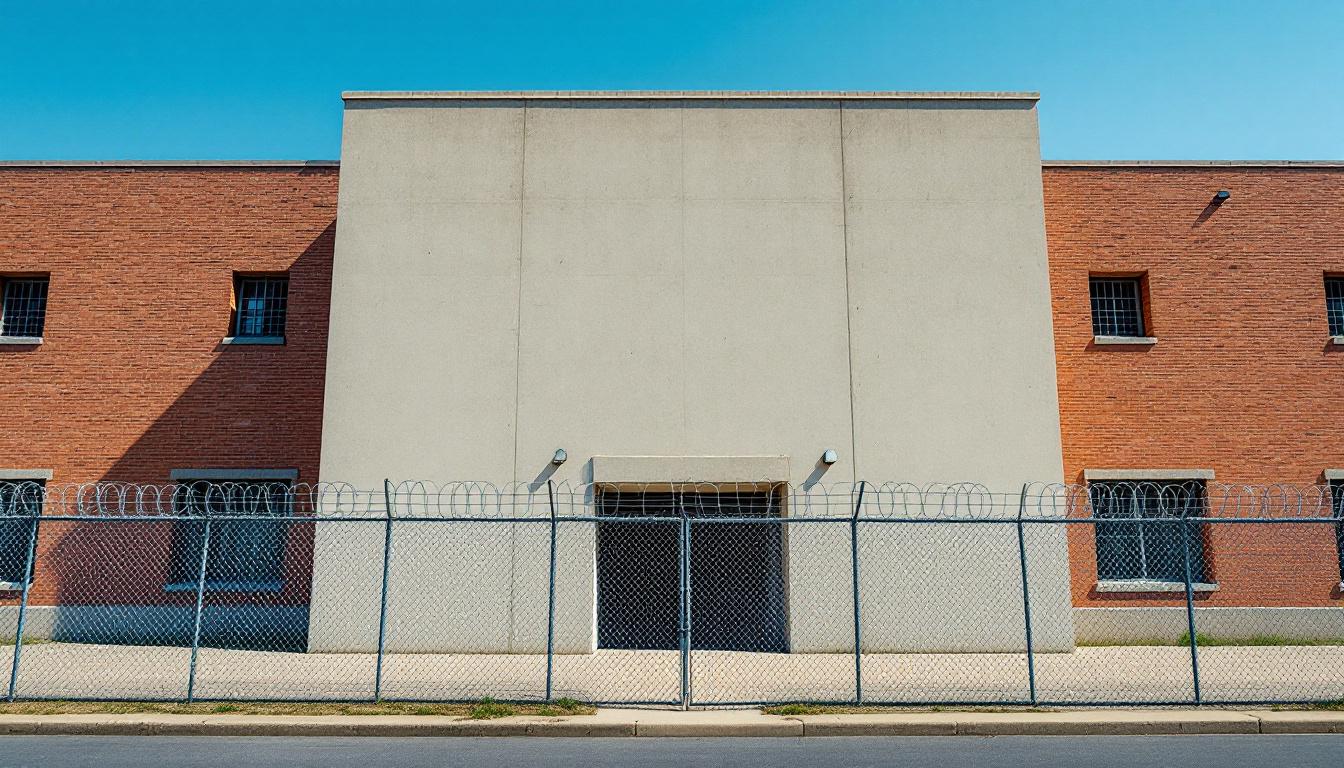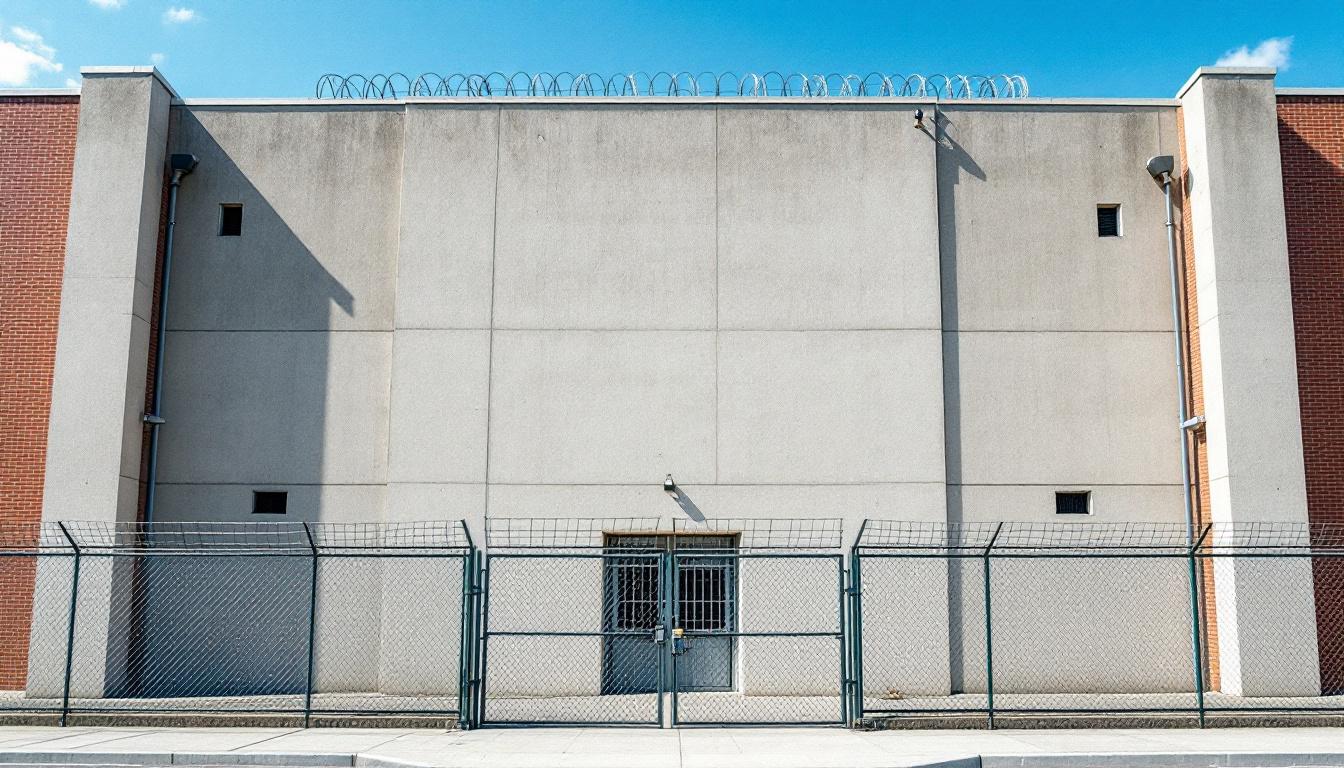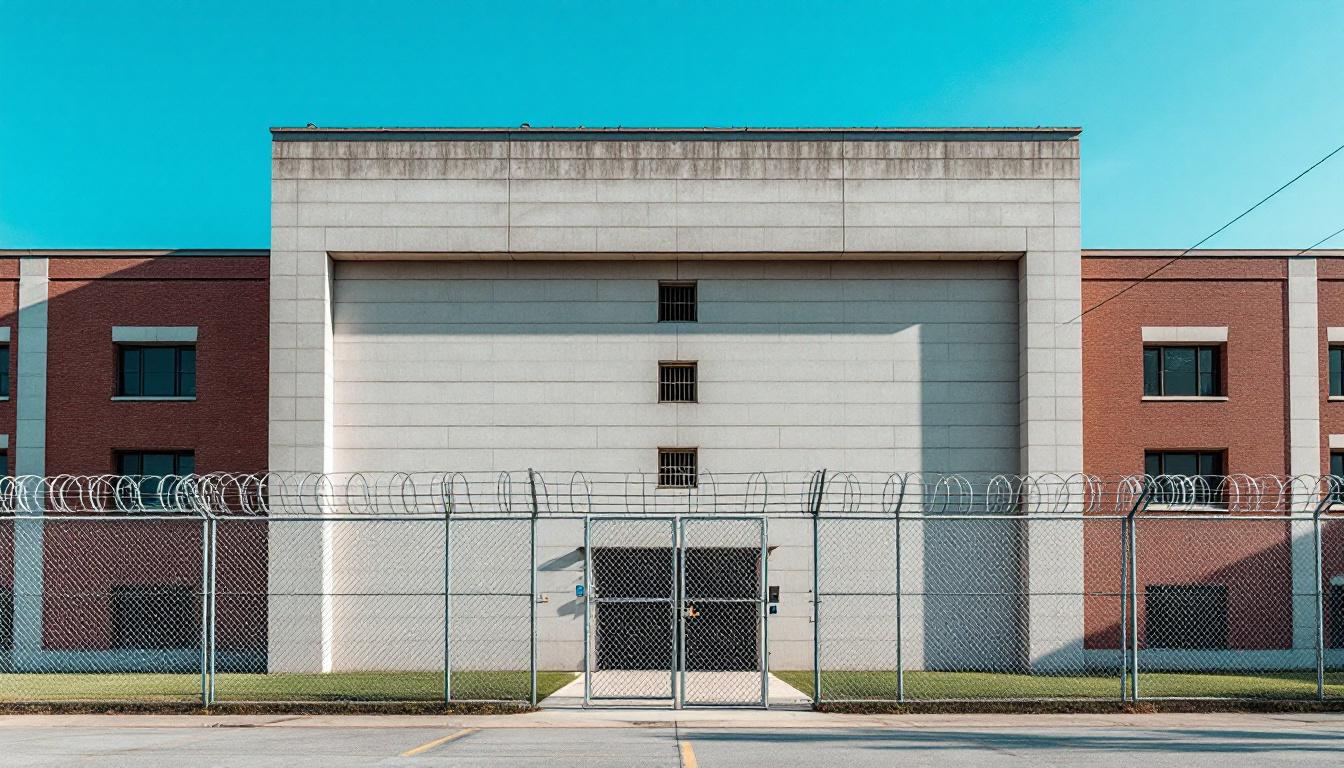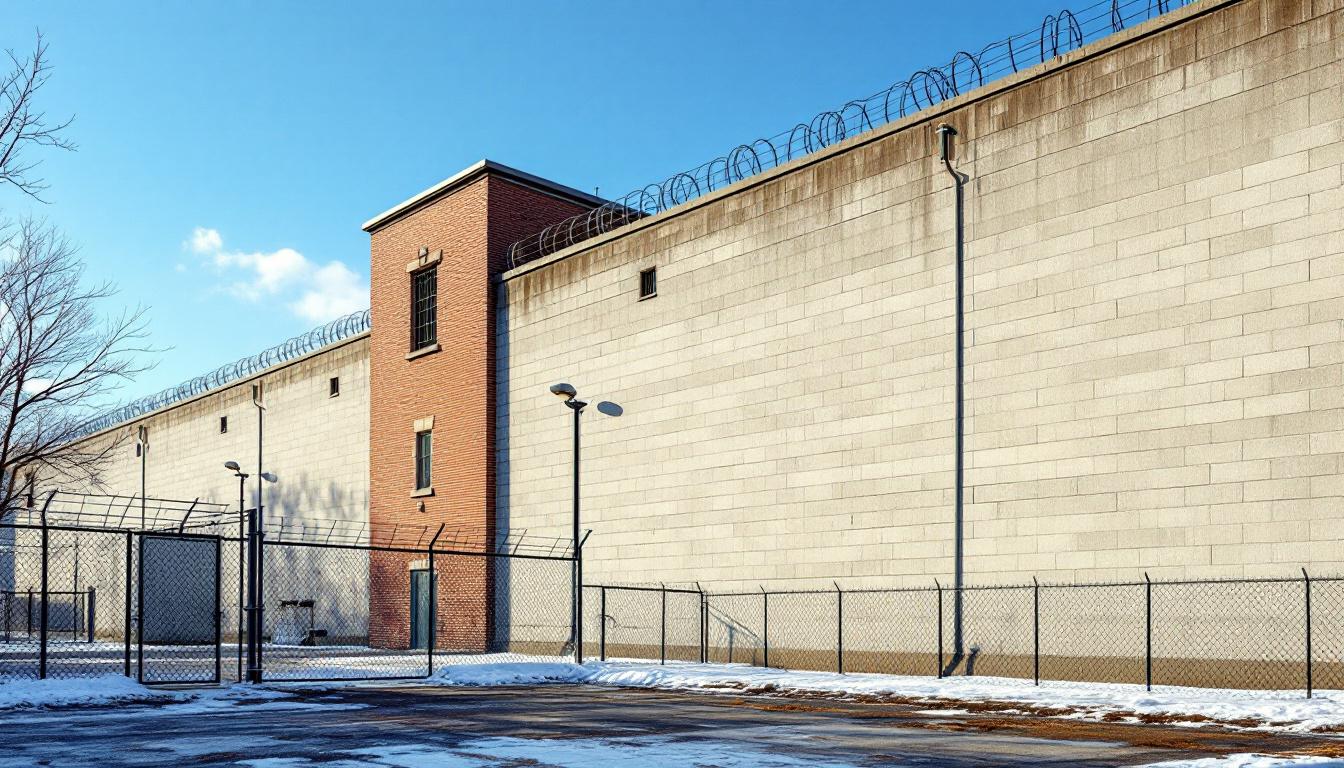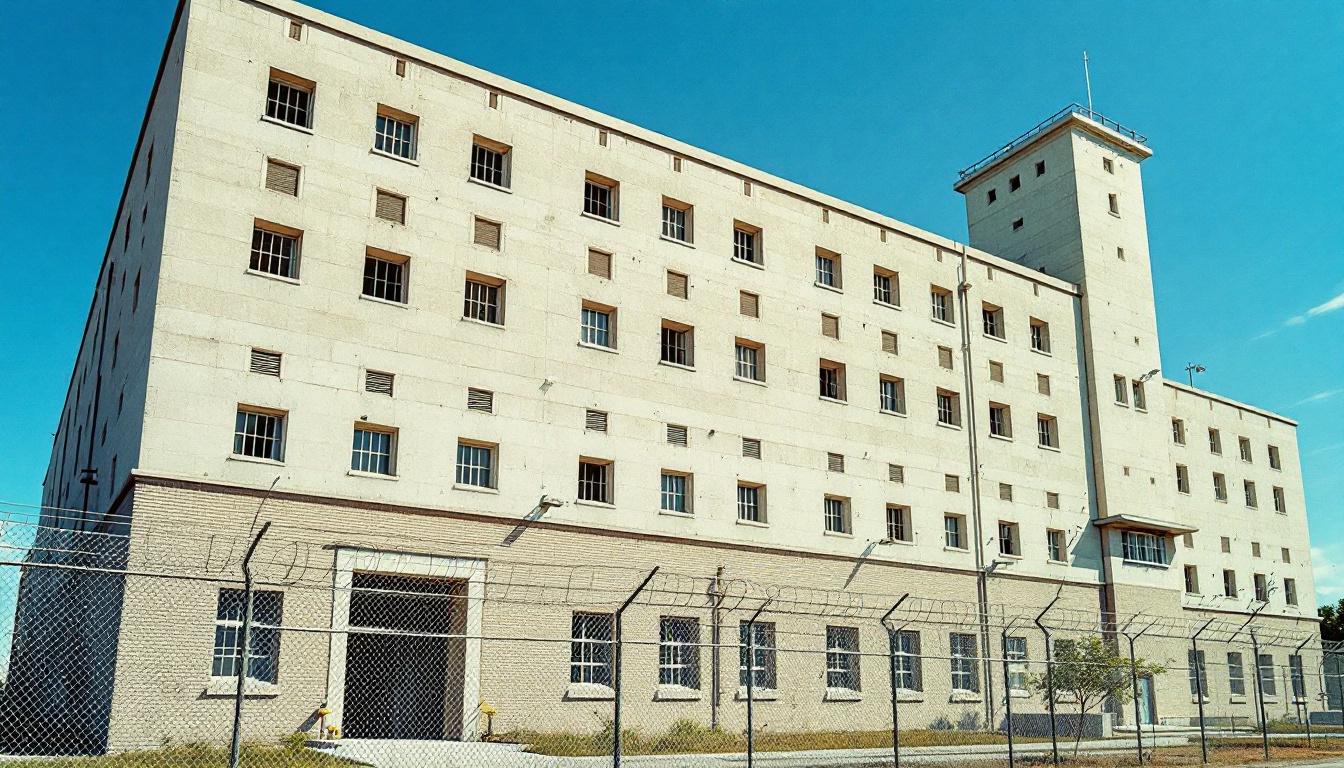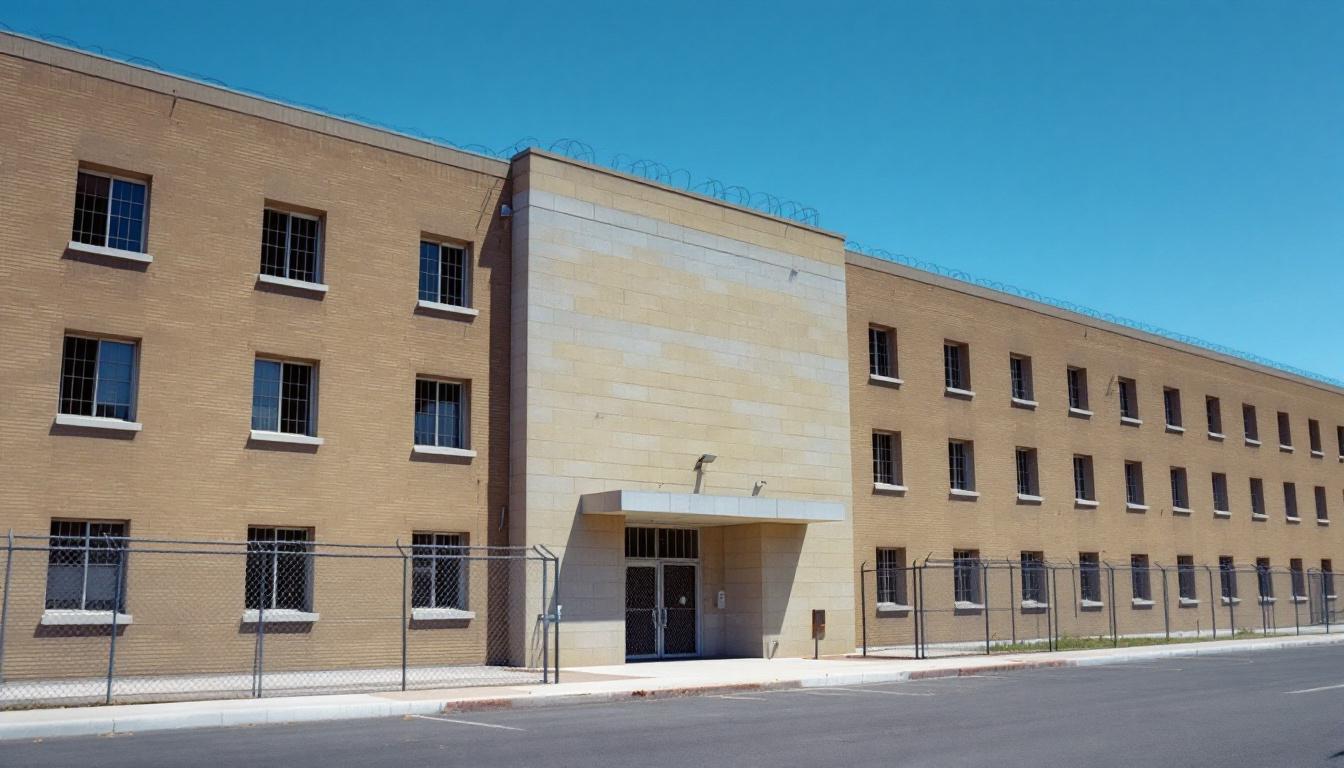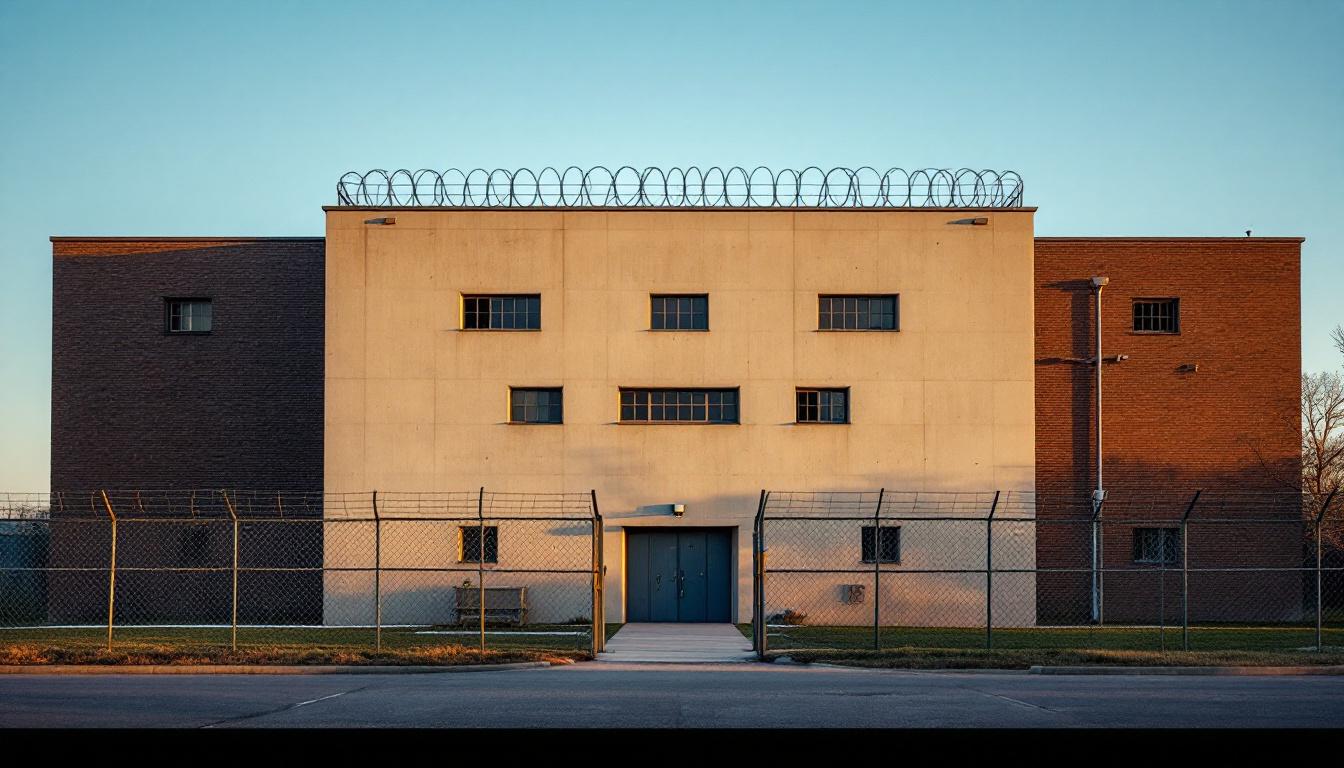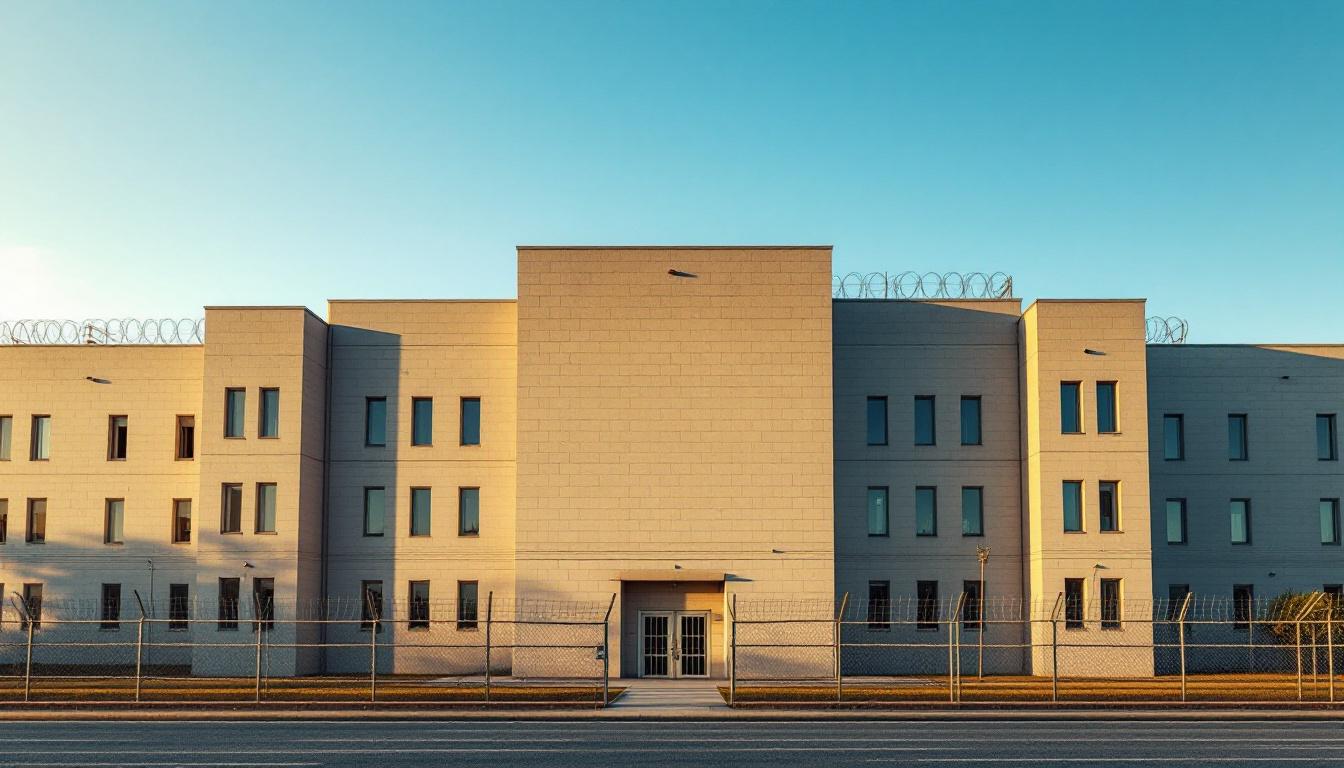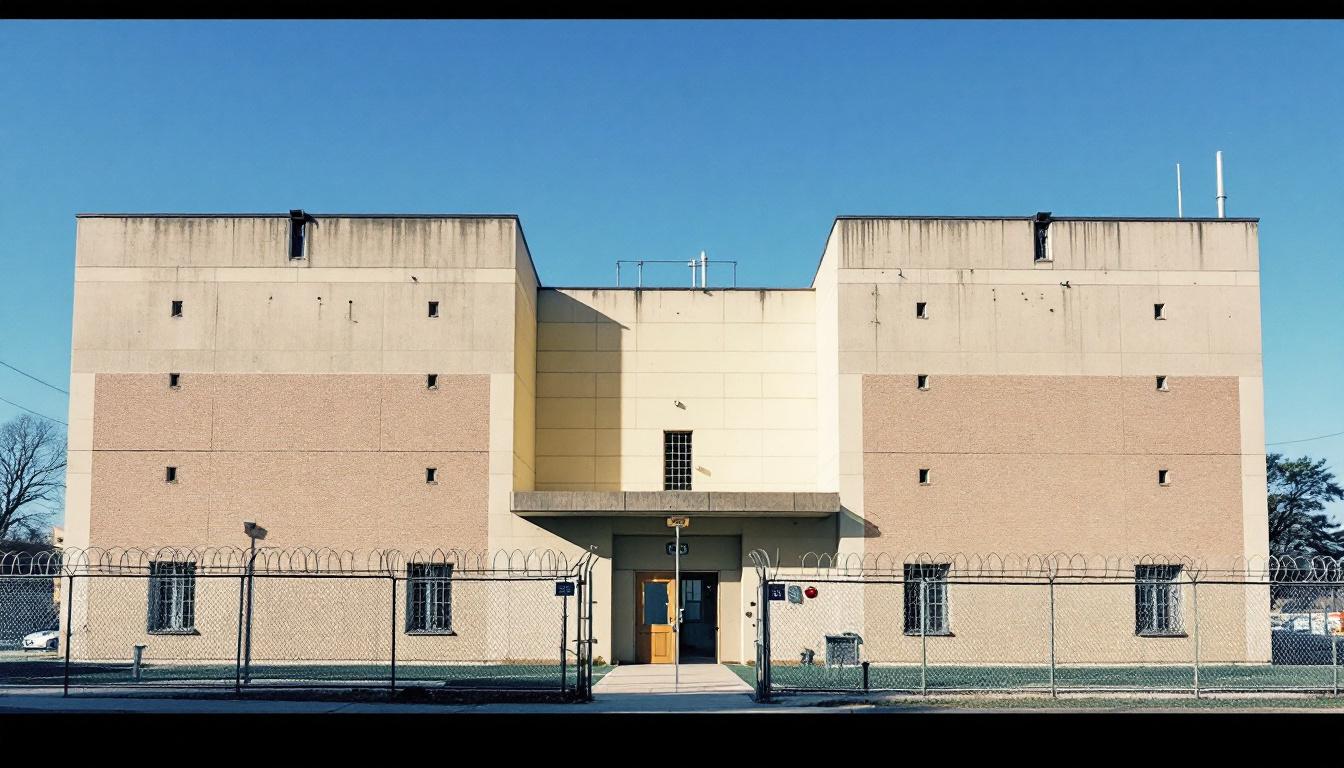
Quick Navigation
How to contact an inmate at Port Angeles City Jail
This comprehensive guide will walk you through how to connect with an inmate at Port Angeles City Jail. Follow the steps below to find an inmate and send letters and photos:
- Search for the inmate using our search tool below
- Create your account or log in to Penmate
- Write your message (up to 6,000 characters)
- Send instantly - inmates receive printed copies daily
Find an Inmate
Search for an inmate to start communicating today
Tip: You can search by first name, last name, or inmate ID number
To contact a person at Port Angeles City Jail start by searching for the person on the official facility website. Perform a search by following these steps:
- Step 1: Enter their first name and last name into the search form and click "Search"
- Step 2: Locate their inmate record
- Step 3: Write down their Inmate ID and any housing information provided
Important! Be sure to enter the person's full name. Nicknames should not be used.
How to Send Messages to Inmates

You can use your phone or computer to send emails, letters, and photos to an inmate. Messages are sent electronically to inmate tablets or kiosks at the facility. If you would like to send a message, start by searching for an inmate at Port Angeles City Jail.
Sending Photos and Postcards

A great way to send love and support to a loved one at Port Angeles City Jail is to send photos and postcards. It only takes a few minutes to send photos from your phone and it makes a huge difference. You can also mail postcards with words of support and inspiration, or design your own postcard for special moments like birthdays and holidays.
Important! Be sure not to send any explicit photos or they may not be approved by the facility. You can also use a photo printing app like Penmate to make sure your photos are printed at the correct size (4x6 or 3x5) and are mailed according to the rules and regulations of Port Angeles City Jail.
Frequently asked questions about Port Angeles City Jail
-
How long does it take to deliver a message?
If you're sending an email message your letter is usually delivered within 24-48 hours. For messages sent via mail you should expect delivery within 3-7 days. All messages will need be approved by Port Angeles City Jail.
-
How much does it cost to send a message to Port Angeles City Jail?
You can send a message free using your phone or mail a message via USPS for the price of a $0.60 stamp and envelope. You can also purchase credits or e-stamps from services starting at $1.99.
-
What services can I use to contact an inmate at Port Angeles City Jail?
Penmate
You can use Penmate to send letters and photos to an inmate from your phone. It's an easy way to stay in touch during your loved one's incarceration. Use the inmate locator to find an inmate's location and contact information, then you can send messages within a few minutes.
Securus messaging
Securus may be another option for communicating with an inmate at Port Angeles City Jail. You can create a friends and family account and purchase credits to send messages. All messages will be reviewed and must be approved by the facility.
JPay
Some county jails and state prisons may support sending messages with JPay. You must register an account with the system, find your loved one, and purchase stamps to send messages. For some locations you can also attach photos.
Smart Jail Mail
You may also check if Smart Jail Mail is available at Port Angeles City Jail. Smart Jail Mail is operated by Smart Communications and has contracted with some state and county jails. After purchasing credits, your messages and photos are sent to the facility, printed out, and then handed out to your loved one.
-
What is the mailing address of Port Angeles City Jail?
Mailing address:
Port Angeles City Jail
223 E 4th St
Port Angeles, WA 98362
Phone: (360) 417-2458 -
What are the visiting hours at Port Angeles City Jail?
Visiting hours at Port Angeles City Jail vary by housing unit and security level. Generally, visits are scheduled on weekends and holidays, with some facilities offering weekday visits. Contact the facility directly at (360) 417-2458 or check their website for the current visiting schedule. Visits typically last 30-60 minutes and must be scheduled in advance.
-
What items are prohibited when sending mail to Port Angeles City Jail?
Prohibited items typically include: cash, personal checks, stamps, stickers, glitter, glue, tape, staples, paperclips, polaroid photos, musical or blank greeting cards, hardcover books, magazines with staples, and any items containing metal or electronics. Only send letters on plain white paper with blue or black ink. Photos must be printed on regular photo paper (no Polaroids). Always check with Port Angeles City Jail for their specific mail policies.
-
How do I send money to an inmate at Port Angeles City Jail?
You can send money to an inmate at Port Angeles City Jail through several methods: 1) Online using JPay, Access Corrections, or the facility's approved vendor, 2) Money orders mailed directly to the facility with the inmate's name and ID number, 3) Kiosks located in the facility lobby, or 4) Over the phone using a credit or debit card. Fees vary by method, typically ranging from $2.95 to $11.95 per transaction.
-
Can I schedule a video visit with an inmate at Port Angeles City Jail?
Many facilities now offer video visitation as an alternative to in-person visits. At Port Angeles City Jail, video visits may be available through services like Penmate, Securus Video Connect, GTL, or ICSolutions. Video visits typically cost $10-20 for 20-30 minutes and must be scheduled in advance. You'll need a computer or smartphone with a camera and reliable internet connection. Contact the facility for their specific video visitation policies and approved vendors.
-
What identification do I need to visit an inmate at Port Angeles City Jail?
All visitors must present valid government-issued photo identification such as a driver's license, state ID, passport, or military ID. Minors must be accompanied by a parent or legal guardian who can provide the minor's birth certificate. Some facilities require visitors to be on the inmate's approved visitation list, which may require a background check. Contact Port Angeles City Jail for specific ID requirements and visitor approval procedures.
-
How can I find out an inmate's release date?
To find an inmate's release date at Port Angeles City Jail, you can: 1) Use the online inmate search tool if available, 2) Call the facility's records department, 3) Contact the inmate's case manager or counselor, or 4) Have the inmate provide this information during a call or visit. For privacy reasons, some facilities only release this information to immediate family members.
Facility Overview
Contact Information
Port Angeles City Jail223 E 4th St
Port Angeles, WA 98362
Phone: (360) 417-2458
Official Website
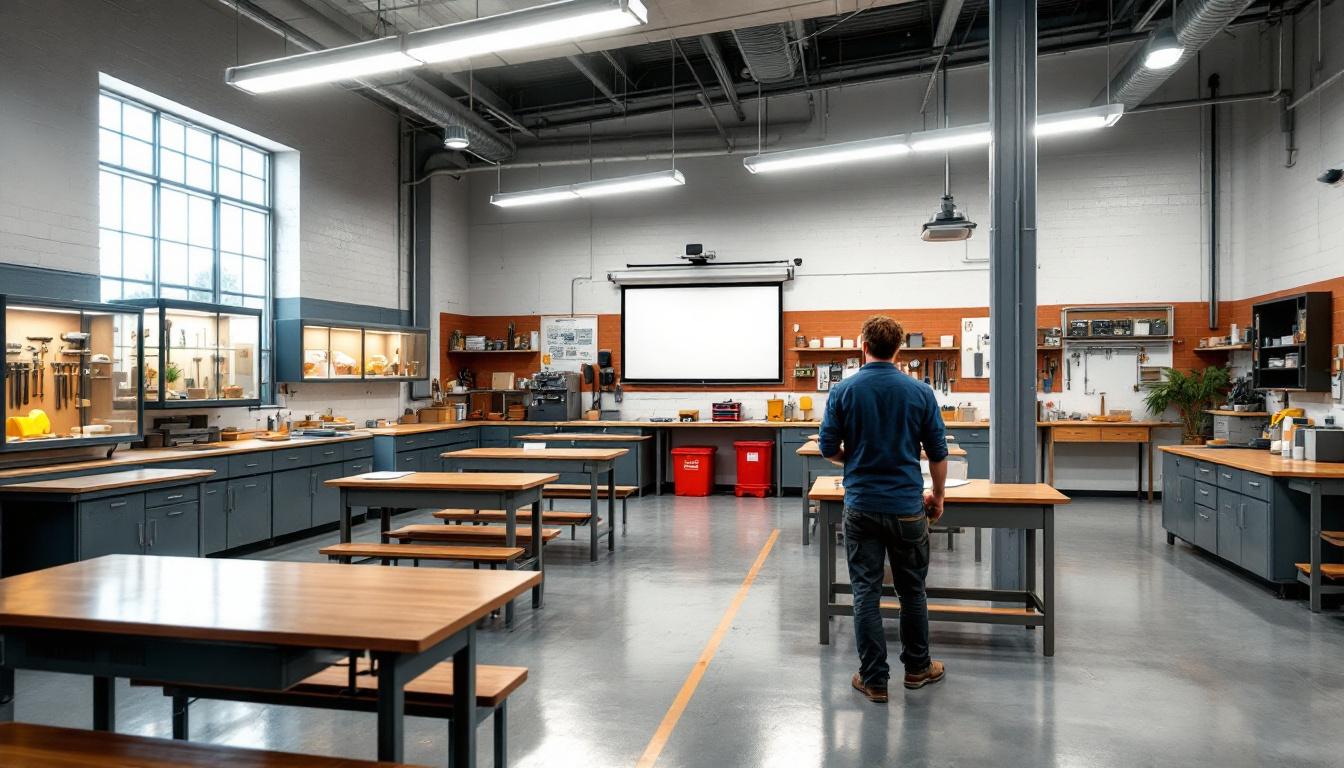
About Port Angeles City Jail
Serving as a cornerstone of public safety within Washington State's correctional framework, this county detention facility operates with a clear mission to maintain secure custody while fostering pathways toward positive behavioral change. Located in Port Angeles, the facility sits within the broader Pacific Northwest region where community safety and rehabilitation efforts intersect with the natural beauty and close-knit character typical of Washington's Olympic Peninsula communities.
The Clallam County Jail, WA functions as an integral component of the state's multi-tiered correctional system, typically housing individuals awaiting trial, serving shorter sentences, or transitioning between different phases of the justice process. This WA correctional facility generally emphasizes structured daily routines that may include educational opportunities, substance abuse programming, and mental health services designed to address underlying factors that often contribute to criminal behavior. Those incarcerated services commonly focus on preparing individuals for successful reintegration into their communities, recognizing that effective rehabilitation benefits both the individual and the broader Port Angeles area.
Within Washington's correctional landscape, county jails like this facility often serve as crucial intervention points where individuals may access resources and support systems that weren't previously available to them. The rehabilitation approach typically encompasses various programming options that may include vocational training, counseling services, and life skills development, all delivered within a secure environment that prioritizes both safety and personal growth opportunities for those in custody.
Programs & Services
Personal transformation begins with opportunity, and those incarcerated at Clallam County Jail encounter a comprehensive framework designed to cultivate meaningful skill development and prepare individuals for successful community reintegration. The facility's approach emphasizes structured learning environments that foster both personal accountability and professional growth, recognizing that meaningful change occurs through consistent engagement with constructive activities. This philosophy permeates throughout the institution's offerings, creating pathways for those incarcerated to develop competencies that extend far beyond their period of confinement.
Educational services form the cornerstone of developmental opportunities, typically providing those incarcerated with access to foundational learning that may include literacy enhancement, basic mathematics, and preparation for educational equivalency examinations. Furthermore, vocational offerings often include specialized training in carpentry, allowing participants to develop hands-on technical skills that translate directly into employment opportunities upon release. These structured learning environments may furnish individuals with industry-relevant knowledge while fostering discipline and attention to detail that proves valuable across multiple life domains.
The facility's support infrastructure encompasses various work programs that provide those incarcerated with practical experience in institutional operations, often including recycling programs that combine environmental responsibility with skill development. Furthermore, vocational programs typically extend beyond traditional classroom settings, offering participants opportunities to engage in meaningful labor that builds both technical competencies and work ethic. These comprehensive offerings create a structured environment where those incarcerated can develop the foundational skills, work habits, and personal discipline necessary for successful community reintegration while contributing positively to the facility's daily operations.
Daily Life & Visitation
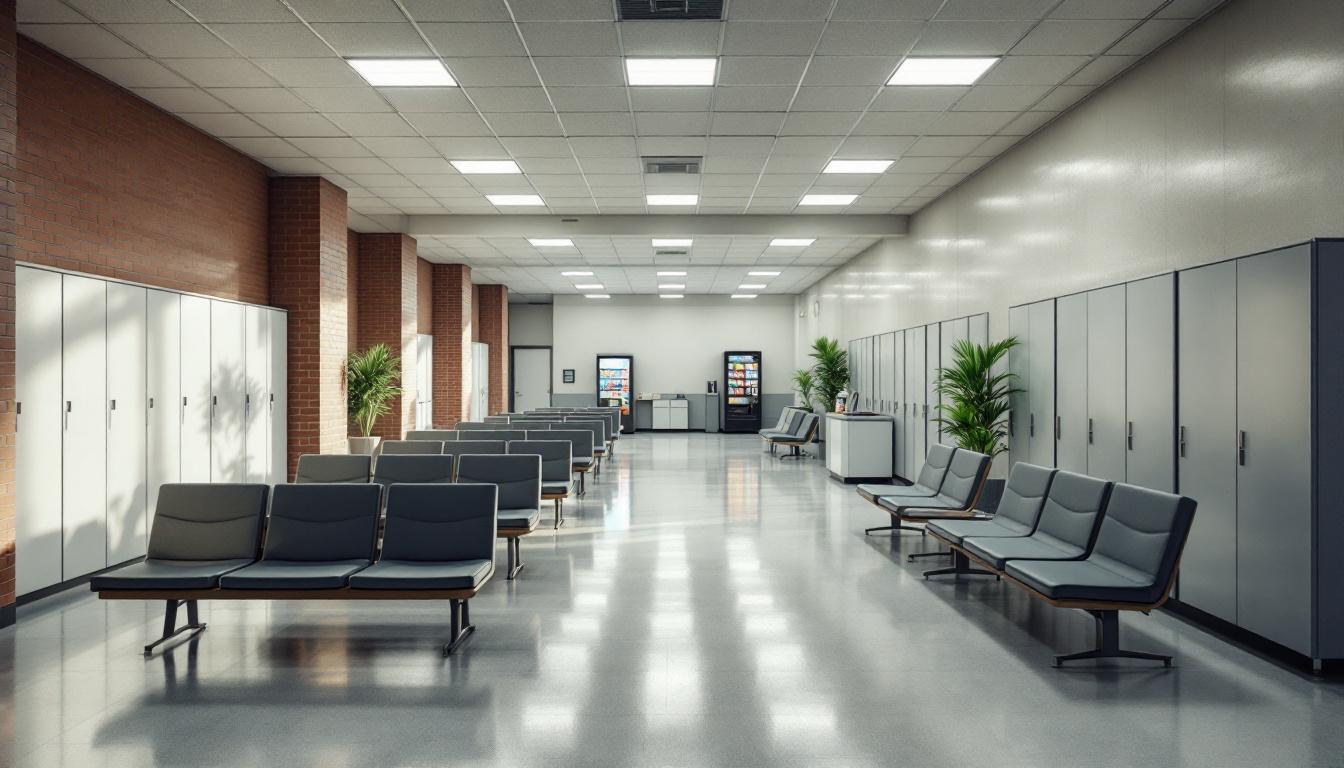
Strong family bonds and community connections serve as vital lifelines for those incarcerated at Clallam County Jail, where maintaining relationships with loved ones remains a central focus of daily existence. At present, the facility actively structures routines around opportunities for social interaction and communication, recognizing that these connections often provide essential emotional support during incarceration. The daily rhythm typically begins with early morning counts and meal service, followed by structured periods that may include work assignments, programming activities, and designated times for phone calls or correspondence with family members.
Living accommodations generally consist of shared housing units where those incarcerated navigate the complexities of communal living within a controlled environment. Dormitory-style arrangements or smaller pod configurations typically house multiple individuals, creating natural opportunities for social interaction while requiring residents to develop conflict resolution skills and mutual respect. Furthermore, meals are usually served in common dining areas at scheduled intervals throughout the day, providing structured social gatherings where residents can maintain connections with peers and participate in the informal community networks that often develop within correctional settings.
Structured programming schedules furnish various opportunities for personal development and community engagement, with activities that may include educational classes, substance abuse counseling, or vocational training programs. Although security protocols necessarily govern all interactions, visitation policies typically allow for regular contact with approved family members and friends through scheduled in-person visits, video conferencing, or telephone calls. Work assignments within the facility often create additional social structures, as those incarcerated may collaborate on kitchen duties, maintenance tasks, or facility cleaning responsibilities that foster teamwork and shared purpose while contributing to the overall operation of the institution.
Ready to Connect?
Start communicating with your loved one today
Search for an Inmate
